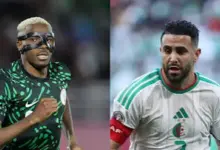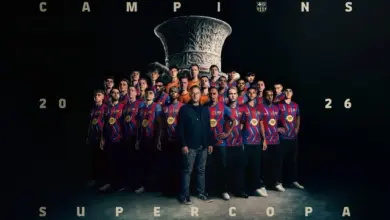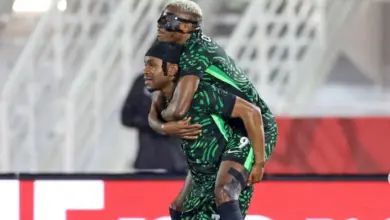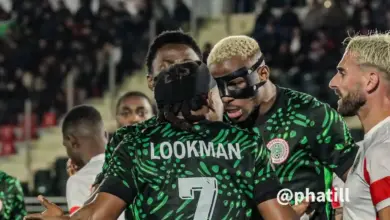Nigerian clubs to benefit from FIFA Women’s World Cup funds
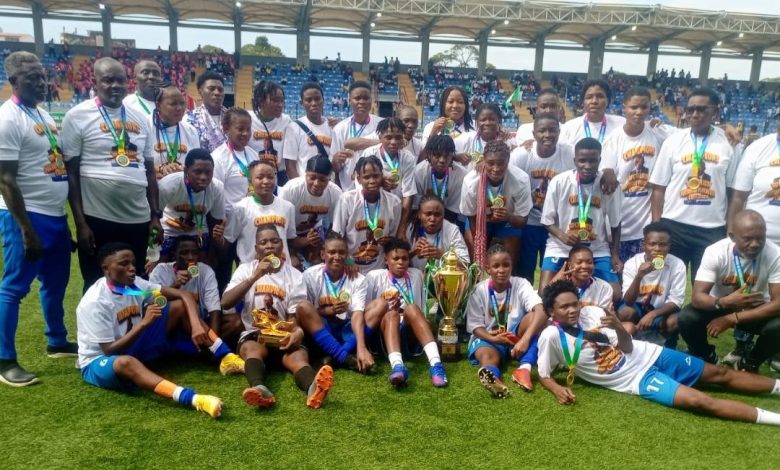
Following the record-setting FIFA Women’s World Cup Australia and New Zealand 2023, 1,041 clubs from 48 FIFA Member Associations across all six confederations are set to receive a share of the revenue for the release of players who participated in the tournament.
Among these beneficiaries are two Nigerian domestic clubs, Abia Angels and Rivers Angels, which will profit from the $11 million distributed through FIFA’s Club Benefits Programme (CBP). This programme, introduced ahead of the FIFA Women’s World Cup France 2019, recognizes the fundamental role that clubs play in developing players. The total amount committed to clubs that released and/or trained the stars of women’s football rose to USD 11.3 million for the 2023 edition of the FIFA Women’s World Cup, up from USD 8.48 million four years earlier.
Nearly two million fans at the tournament’s ten stadiums and two billion viewers worldwide witnessed a new standard of women’s football, and now the clubs that played integral roles in shaping the talents of all 736 players at the tournament are to be rewarded.
-
Riyad Mahrez Backs Super Eagles to Win AFCON 202511 hours ago
“Strong clubs are crucial to the growth of women’s football, so distributing funding to over 1,000 clubs that have been instrumental in developing the world’s top female footballers is just one way that FIFA can offer its support,” said FIFA President Gianni Infantino.
“What’s truly unique about this programme is that FIFA does not only reward the clubs that released the players for the tournament but also the clubs that have contributed to each player’s development between the ages of 12 and 22.”
This development means that many players who began their careers in Nigeria before moving overseas will benefit from this gesture by the world football body.
“This model ensures that crucial funding as well as the incentive for clubs to provide the best possible training and environment for female talent – reaches every part of the global football ecosystem, benefiting grassroots and professional clubs.”
The number of clubs identified by FIFA as eligible to receive payments via the FIFA Women’s World Cup 2023 CBP increased by 219 clubs from 822 in 2019 to 1,041 in 2023. Positively, the number of clubs across FIFA’s Member Associations also increased from 39 in 2019 to 48 in 2023.
Each club’s share has been determined by the role they played in a player’s development or participation in the tournament, either as a releasing club, a training club, or both. Each eligible releasing club will receive an equal amount per player per day at the tournament, counting from the beginning of the release period (10 July 2023) and finishing the day following the last match of the player’s national team at the tournament.
Each training club will receive an amount based on the number of training periods the player spent at the club between ages 12 and 22, with each year consisting of a maximum of two training periods. The number of days that the player spent at the tournament is also factored in; however, the number of minutes played by a player in any given match at the tournament is irrelevant, with all players treated equally based on the number of days that they were at the tournament.
In the list of 1,041 clubs, UEFA dominated in numbers with 581 clubs. The Asian Football Confederation (AFC) followed with 151 clubs, while CONCACAF had 108 clubs. CONMEBOL had 95 clubs, and the Confederation of African Football (CAF) had 76 clubs. The Oceania Football Confederation (OFC) took the rear with just 30 clubs.
This initiative by FIFA not only incentivizes clubs to continue developing female talent but also ensures that the benefits of the booming women’s football market reach grassroots levels, providing a solid foundation for future stars.

